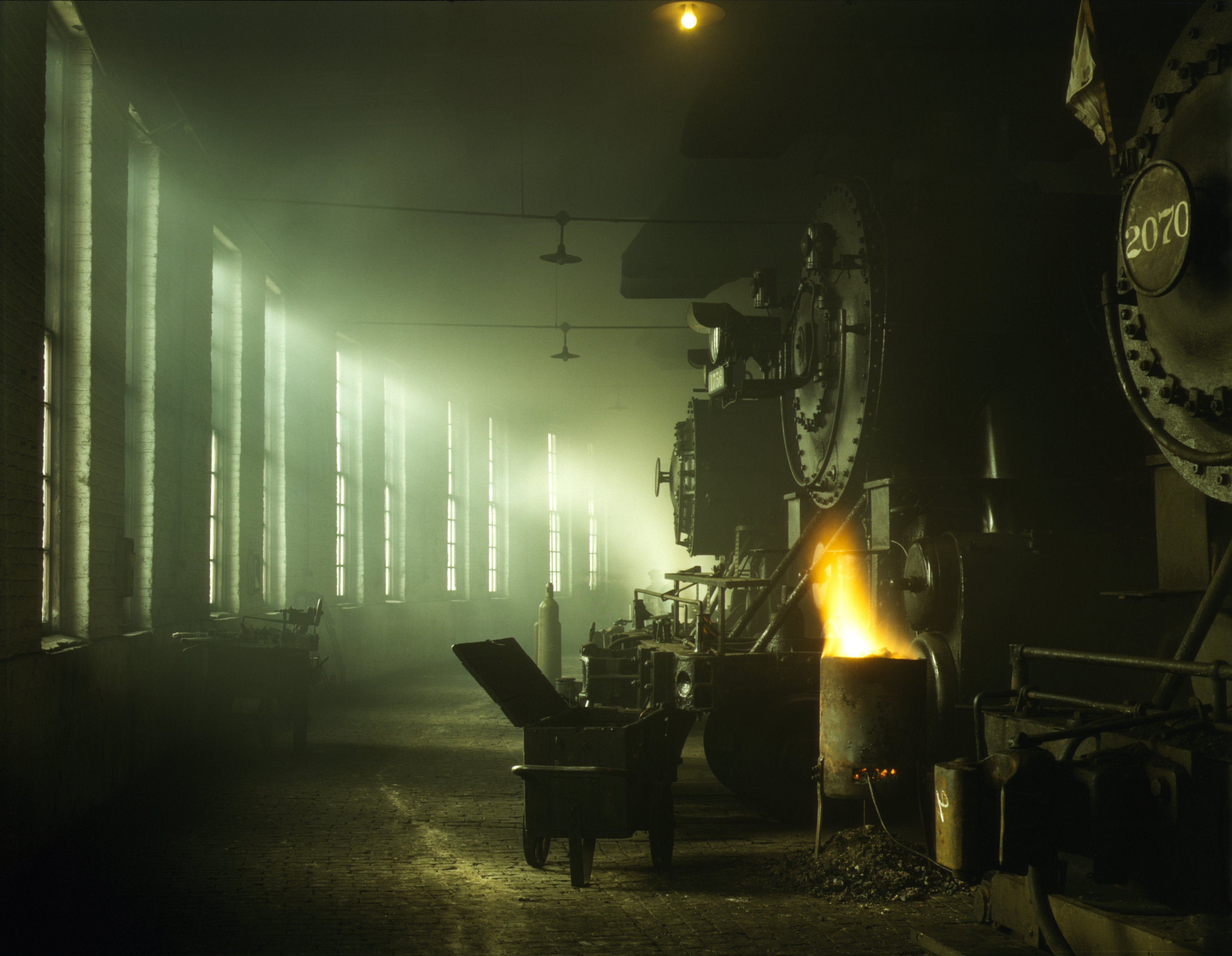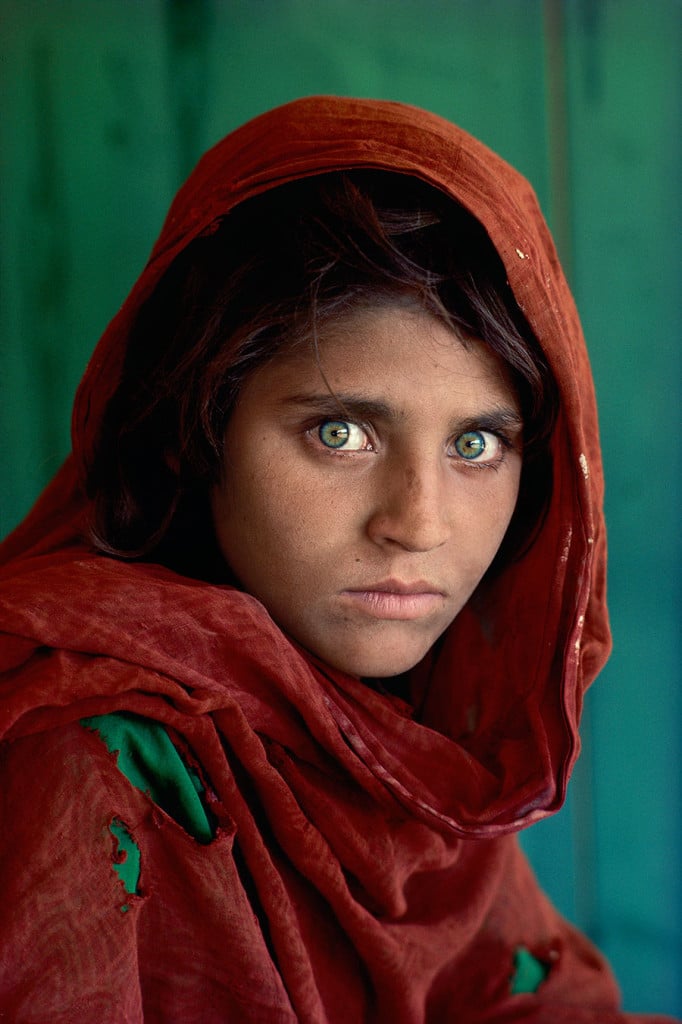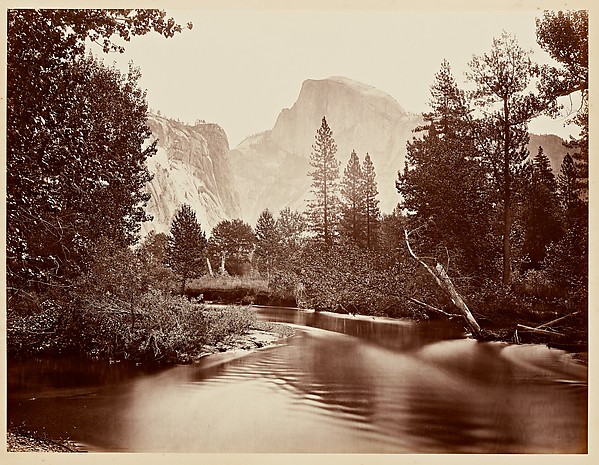Friday, December 15, 2017
Monday, December 4, 2017
Exploring Depth of Field and Abstraction
Abstraction Definition- The act of considering something as a general quality or characteristic, apart from concrete realities, specific objects, or actual instances.
Abstraction in Photography Definition- A means of depicting a visual image that does not have an immediate association with the object world and that has been created through the use of photographic equipment, processes or materials.
Examples of Abstraction in Photography:
In both of the abstract photos above, which were taken by A. Cemal Ekin, because I am unsure of what they are portraying, it is difficult to clearly identify any depth of field. However, in his second photo, there are slight indications of depth of field between the subject and the background, with the large, triangular object being in more focus than the fog behind it.
Abstraction in Photography Definition- A means of depicting a visual image that does not have an immediate association with the object world and that has been created through the use of photographic equipment, processes or materials.
Examples of Abstraction in Photography:
In both of the abstract photos above, which were taken by A. Cemal Ekin, because I am unsure of what they are portraying, it is difficult to clearly identify any depth of field. However, in his second photo, there are slight indications of depth of field between the subject and the background, with the large, triangular object being in more focus than the fog behind it.
Wednesday, November 29, 2017
Fine Art and Editorial Portraits
Fine Art Portraits-
Both of the portraits above were taken by famous American Photojournalist Steve McCurry. I chose both of my examples of fine art portraits to be taken by McCurry because I was very fascinated by how all of his portraits highlight his subject's eyes. I think that eyes can tell a lot about a person, and that by making them such a major focus in his work creates a personal attachment between the photos and the viewers because of the emotion they may experience or perceive from it.
Editorial Portraits-
The first of these two editorial portraits was taken by Kremer Johnson, and the second by Jean-Yves Lemoigne. In the portrait by Kremer, although I am not really sure of what it is advertising, I am fond of his use of lighting that not only illuminates his subject in a way that really draws in the viewer's attention, but also blends in with the scene, really making everything seem in place. At least in editorial portraits, I favor those that are seemingly chaotic and busy, but in a way where everything seems in place. While this style is prevalent in Kremer's portrait, I think that it really shines in Lemoigne's one. I have always been amused by Old Spice advertisements in the past, both in videos and pictures, and this is no exception. In this photo, the aspect that really interests me is how Lemoigne was able to include a man with a secondary eagle head, who is holding three different Old Spice products in his hand a woman in the other while still making it visually appealing.
Comparison-
I think that both styles of portrait photography are equally interesting, and while are in some ways similar in theory, have very distant purposes. While fine art portraits exceed of capturing real emotion and real feelings to make a connection with or send a message to the viewer, editorial portraits exceed in their own way by creating amusement and interest in the hope of enticing the viewer to purchase something.
Monday, November 6, 2017
The Farm Security Administration
The Farm Security Administration, or FSA, was created in 1935, during the middle of the Great Depression, as a program that would help combat rural poverty. Over the next ten years since the program's creation, photographers were hired to document the conditions faced by the poor farmers.
Below are some contemporary photos reminiscent of those taken my the FSA.


Below are some contemporary photos reminiscent of those taken my the FSA.
Stanko Abadic

Imogen Cunningham
Walker Evans
Born in 1903, Walker Evans moved east to New York from his hometown in Missouri to pursue a career in art and photography. After doing several works there, he took photographs of Cuba as he documented their dictatorship. He later became a photographer for the FSA, working their for 3 years, mostly in the south. Many of his photos are portraits of the struggling farmers during the Great Depression, and the photos shown below show his ability to capture the emotions of his subjects in his photos.



Labels:
Artist Profiles,
Photography
Jack Delano
Jack Delano was a photographer for the FSA who was born in present-day Ukraine and moved to New York in 1923 at the age of 9. He studied graphic arts and photography at the Settlement Music School, and later at the Pennsylvania Academy of Fine Arts. He started his career with individual projects, but eventually landed a position with the FSA, where he later became well known. Below are some examples of his photos.




Labels:
Artist Profiles,
Photography
Motion
Part 1:





Part 2:
Part 2:

Blentley (panning)

Ali Qayyum (slow motion)

Aske Holst (freeze action)

Dean Ayres (total motion)

Eliza Mae Magzino (camera shake)
Part 2:
Octavio Campos Salles (panning)
Mike Atkinson (freeze action)
Part 2:
While the photo from Mike Atkinson used freeze action to create a clear picture of both the bird and the background, Octavio Campos Salles used panning to capture the motion and speed of the bird photographed. I think that this extra dynamic in his photo makes it more expressive than Atkinson's and aside from the motion techniques used by both artists, I also really like how the bright colors of the bird pictured by Salles contrast with the dark background, making it the most visually appealing of the two photos.
Part 3:
Part 3:
(panning)
(slow motion)
(freeze action)
(total motion)
Sunday, October 29, 2017
Photo Composition Hunt-Framing
Below are some examples of different composition and framing techniques. All photos were shot by me.
Leading Lines:
Rule of Thirds:
Strong Diagonals:
Bird's-Eye View:
Bug's-Eye View:
Close-Up:
Frame in a Frame:
Filling in the Frame:
Leading Lines:
Rule of Thirds:
Strong Diagonals:
Bird's-Eye View:
Bug's-Eye View:
Close-Up:
Frame in a Frame:
Filling in the Frame:
Alice Boughton
While photographer Alice Boughton's early life is mostly unknown, after her return to Brooklyn after studying painting in Paris and Rome, Boughton opened up her first studio in 1890. It was at this studio that she worked on portraits of women and children that celebrated motherhood. Below are some examples of her work that show this aspect of motherhood.
Labels:
Artist Profiles,
Photography
Alvin Langdon Coburn
Alvin Langdon Coburn was a 20th century photographer who began taking photos at the young age of eight. When he reached his 20s, Coburn began taking photography more seriously, and opened a studio in New York City to exhibit his work. He later left for London to photograph celebrities, and in 1917 took the first vortographs, a type of new, nonobjective photographs. The photos shown below show Coburn's use of shadows and reflection in his work.
Labels:
Artist Profiles,
Photography
Thursday, October 26, 2017
Wednesday, October 4, 2017
Monday, September 11, 2017
Autochrome
In 1907, after shifting gears from a focus on motion pictures towards a focus on still images, Auguste and Louis Lumiere invented the Autochrome Lumiere, the first commercially successful color process. It used microscopic grains of potato that were dyed different colors which were then coated by glass. Some of the most famous autochrome artists include Jules Gervais-Courtellemont, Arnold Genthe, and Olive Edis, and an example of a contemporary Autochrome artist is Frédéric Mocellin. Below are some examples of Autochrome images.
Lewis Hine
Lewis Hine was a 20th century photographer who photographed child laborers. He used these photos for social reform by portraying these kids in very somber and gritty moods. Below are some of his photos. He used emotion and closeup views of pained faces to make a connection with the viewer in order to make a change.
Labels:
Artist Profiles
Carleton Watkins
Carleton Watkins was a 19th century photographer originally from New York who primarily worked in California. His photos were almost always of nature, particularly of valleys filled with trees. Some of his work can be found below. They show his contribution of alignment, symmetry, and asymmetry to photography.
Labels:
Artist Profiles
Thursday, September 7, 2017
Subscribe to:
Posts (Atom)




















.jpg)












